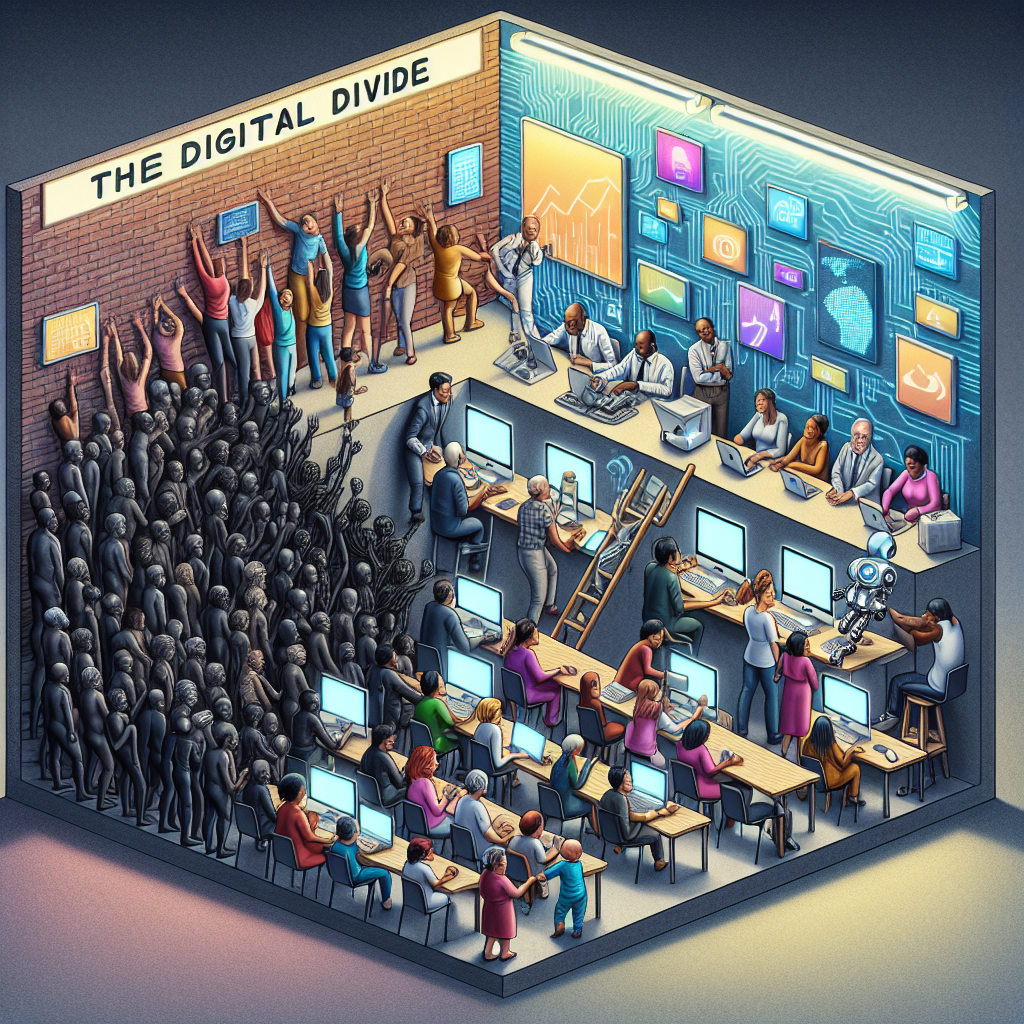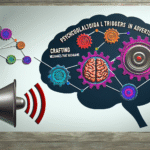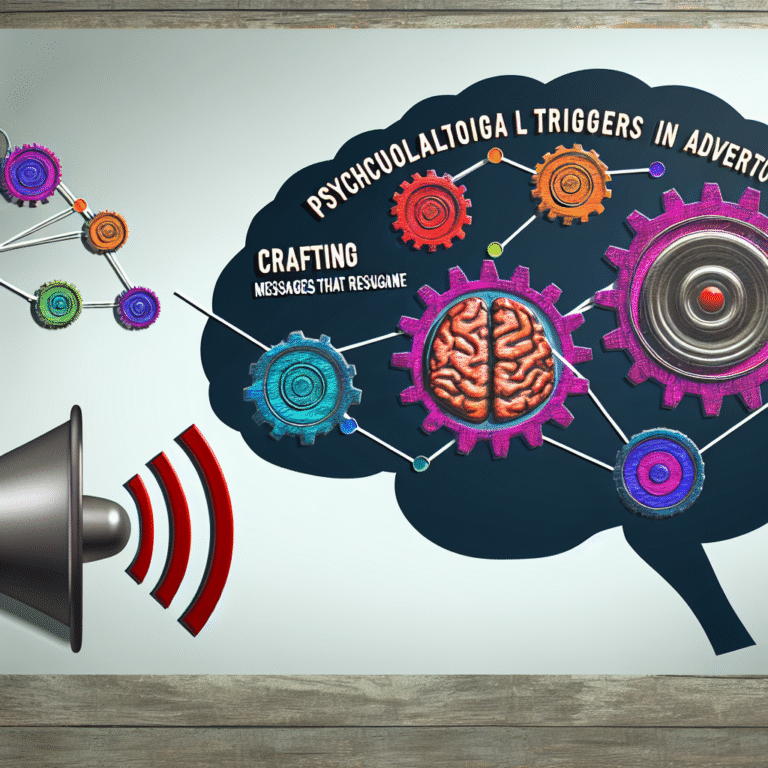
Introduction
In an era where technology advances at an unprecedented pace, the conversation surrounding The Digital Divide: Accessibility in the Age of Technology is more critical than ever. It affects millions around the globe, shaping educational opportunities, economic development, and social interactions. This divide, delineated by socioeconomic status, geography, and education, raises vital questions: Who gets access to technology? Who benefits from innovation? As technology becomes increasingly pervasive, understanding the barriers and pathways to accessibility is essential not just for policy-makers but for individuals and organizations aiming for an inclusive future.
The Nature of the Digital Divide
Understanding the Concept
The digital divide refers to the gap between individuals and communities who have access to information and communication technology (ICT) and those who do not. This gap is not merely about owning a device; it encompasses various factors including internet connectivity, digital literacy, and the ability to use technology effectively.
Key Statistics
According to reports from the International Telecommunication Union (ITU), roughly 3.7 billion people remain offline as of 2022. Furthermore, specific demographic data highlights stark disparities:
- In rural areas, the internet penetration rate is about 55%, compared to 85% in urban locales.
- Low-income households (earning below $25,000 a year) have considerably lower access to high-speed internet services, with a staggering 40% lacking home internet altogether.
These statistics underline the urgent necessity to address The Digital Divide: Accessibility in the Age of Technology.
Factors Contributing to the Digital Divide
Economic Barriers
One of the most significant factors contributing to the digital divide is economic disparity. Households with lower income levels often struggle to afford devices or the necessary data plans for internet access.
Case Study: Lifeline Program in the United States
The Federal Communications Commission (FCC) established the Lifeline program to help low-income citizens access telecommunications services. Studies show that areas where Lifeline subsidies are offered report a 15% increase in internet adoption rates. This case demonstrates the power of targeted economic interventions in bridging the digital divide.
Educational Disparities
Education plays a critical role in digital accessibility. Individuals lacking digital literacy may be disadvantaged even when technology is available to them.
Case Study: Digital Literacy Programs in Libraries
Libraries across the U.S. have begun offering digital literacy programs to help community members acquire necessary skills. A Harvard study showed that participation in such programs led to a 25% increase in users’ ability to use technology effectively. These initiatives illuminate how education can be a powerful tool in addressing The Digital Divide: Accessibility in the Age of Technology.
Geographic Factors
Geographical divides are another crucial element. Rural areas often lack infrastructure, with several regions still relying on outdated internet services.
Case Study: SpaceX’s Starlink Initiative
SpaceX launched its Starlink satellite service to provide high-speed internet to underserved areas worldwide. Regions that previously had poor connectivity saw substantial improvements, enhancing educational and economic opportunities. Starlink has proven that innovative solutions can address geographic barriers prevalent in discussions about The Digital Divide: Accessibility in the Age of Technology.
Policy and Regulation Issues
Regulatory hurdles can stifle access to technology. Policies that fail to anticipate the need for affordable access can perpetuate the divide.
Case Study: Net Neutrality Advocacy
The debate over net neutrality has highlighted the essential nature of equitable internet access. The repeal of net neutrality regulations in 2017 raised concerns about prioritized internet traffic, disproportionately affecting low-income communities. This situation underscored the potential for policy to either widen or narrow the digital divide.
Strategies to Bridge the Digital Divide
Increasing Infrastructure Investment
Investing in infrastructure, particularly in rural areas, is essential to bridging The Digital Divide: Accessibility in the Age of Technology.
- Case Study: Federal Broadband Initiative
In 2021, the U.S. government allocated $42 billion to expand broadband access to underserved areas. Initial evaluations indicate that infrastructure improvements resulted in a 30% increase in internet service subscriptions in targeted communities.
Promoting Affordable Internet Plans
Providers must aim to create affordable plans that cater to low-income households.
Case Study: Comcast’s Internet Essentials Program
Comcast launched the Internet Essentials program, offering low-cost internet services to eligible families. A 2019 report indicated that nearly 10 million people benefited from this initiative, significantly increasing internet accessibility.
Enhancing Digital Literacy
Education is key to overcoming barriers related to skill gaps.
Case Study: Google’s Digital Garage
Google’s initiative provides free online courses to help people gain digital skills. Entrepreneurs who participated reported a 60% increase in their business operations within six months of completion. This example reinforces the importance of enhancing skills to ensure inclusivity in The Digital Divide: Accessibility in the Age of Technology.
The Role of Innovation
Assistive Technology
Innovations in assistive technology are essential for individuals with disabilities, ensuring that everyone can utilize digital tools.
Case Study: Microsoft’s Accessibility Initiatives
Microsoft has continuously worked to improve accessibility features in its products. One notable example is the Immersive Reader tool, which helps users with learning disabilities access content more effectively. By prioritizing inclusivity in design, tech companies can play a crucial role in bridging the digital divide.
Mobile Technology
Smartphones have emerged as significant tools in expanding technology access.
Case Study: Abalobi Fishing App in South Africa
The Abalobi app empowers local fishermen by providing them with market access and training. This innovation not only enhances economic opportunities but also teaches digital skills, showcasing the role of mobile technology in bridging The Digital Divide: Accessibility in the Age of Technology.
The Future of Accessibility
Moving Towards Inclusion
To create a future where everyone enjoys equitable access to technology, stakeholders—including governments, corporations, and nonprofits—must collaborate.
- Public-Private Partnerships
Collaborative efforts can lead to innovative solutions for expanding access. For example, partnerships between tech companies and local governments can harness resources effectively.
Addressing Emerging Technologies
As the digital landscape continues to evolve, ensuring that emerging technologies are designed with accessibility in mind will be crucial.
Case Study: AI in Education
Artificial intelligence (AI) tools are increasingly becoming integrated into educational platforms. Ensuring that these tools cater to diverse learning needs can significantly enhance accessibility.
Conclusion
The Digital Divide: Accessibility in the Age of Technology is not just a technological issue; it is a multifaceted challenge that intersects with economics, education, geography, and policy. Addressing it requires committed actions from all sectors of society. As stakeholders continue to innovate and work collaboratively, there is hope that we can foster a digitally inclusive world where everyone has the opportunity to thrive in our technology-driven society.
Actionable Insights
- Engage in awareness campaigns to educate communities about available resources.
- Support local initiatives that aim to provide digital literacy training.
- Advocate for policies that promote equitable internet access.
FAQs
1. What is the digital divide?
The digital divide refers to the gap between those who have access to the internet and technology and those who do not, influenced by factors such as income, education, and geography.
2. Why is the digital divide important?
The digital divide is important because it affects educational opportunities, economic advancement, and social connectivity, ultimately shaping an individual’s quality of life.
3. What are some common barriers to accessibility?
Common barriers include economic challenges, lack of infrastructure, insufficient digital literacy skills, and regulatory issues.
4. How can technology help bridge the divide?
Technology can bridge the divide through initiatives like affordable internet plans, infrastructure investment, and assistive technology designed for individuals with disabilities.
5. What role does education play in reducing the digital divide?
Education enhances digital literacy, enabling individuals to utilize technology effectively and access opportunities that the digital world provides.
By exploring The Digital Divide: Accessibility in the Age of Technology, we can better understand its implications and the concerted efforts needed to ensure a more accessible and equitable digital future.















